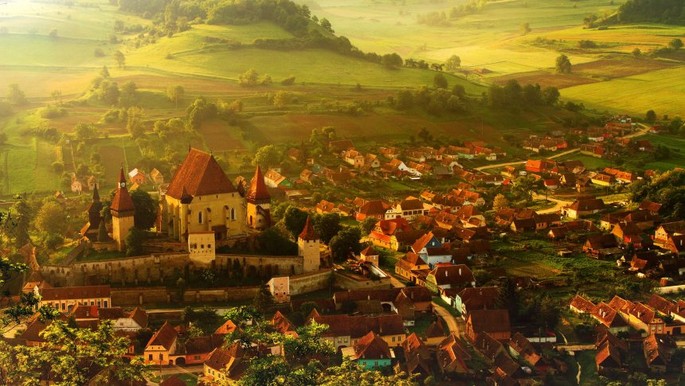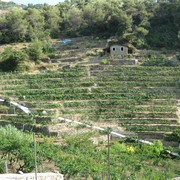Thousands of tourists visited Biertan Village which seems a place that stopped in time with streets paved from stone and medieval arches. The location is attested in 1283 and, as any Saxon settlement, it had a specific organization with houses laid out around a central square and a church-fortress in the middle. In the heart of Biertan Village, surrounded by fortifications, an imposing church is located that was built in Gothic style with Renaissance influences over five hundred years ago.
The church, built by craftsmen from Nuremberg and Wien between 1490 and 1520, has several unique aspects.
The sacristy door – honored at the World Expo of Paris in 1910, it is unique in Europe due to its closing system in 19 points all around. It is a very beautiful door made of oak which was carefully and skillfully crafted.
The polyptych shrine – unique in Transylvania due to the richness of the paintings; it comprises 28 Biblical scenes depicting the life of Jesus and Mary and various paintings with saints. Some of them are copies made after the paintings of the Schittenstift shrine of Wien.
The matrimonial prison – called so because the couples wishing to get a divorce were “imprisoned” there but usually they reconciled after living together in the small room equipped with only one bed, one table, one chair and one spoon.
The pulpit – built by Ulrich of Brasov, it is a very valuable construction as it is sculpted from a single piece of stone. The embossed shapes represent Biblical scenes: the crucifixion, Gethsemane Garden, Simon’s prophecy.
The wooden cover of the pulpit was made in 1754. The church organ – imposing in dimensions, it was built in 1869 by Karl Hesse of Wien. It has 1290 pipes, 25 registries, pedals and 2 keyboards. All of these are only a few things that trigger the curiosity and the desire to visit this marvelous ancestral location full of history, culture and spirituality.
Sources/photos:


























